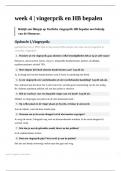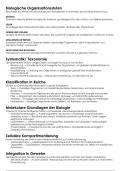Summary
Summary Anatomy - Vestibular system
- Course
- Institution
In this summary you'll learn everything you need to know about the anatomy of the Vestibular system. This is one part of the anatomy that you need to know for the exam of the Cluster Locomotor System
[Show more]












